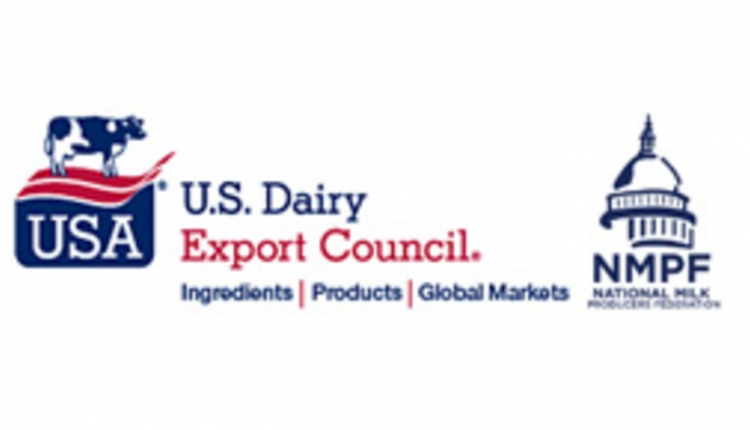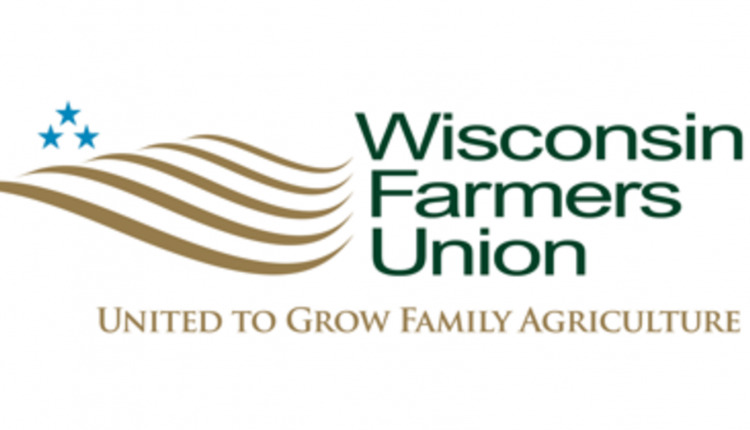As printed in our April 25, 2017 issue . . .
SOME U.S. PROCESSORS SHED PATRONS after Canadian authorities shut down market access to ultra-filtered milk sales. According to a February 24, 2017, Bloomberg report, Grassland Dairy Products of Greenwood, Wis., exported $100 million of ultra-filtered milk to Canada last year. Other Midwest and Northeast plants also have lost markets.
“LOSING THIS BUSINESS . . . it means we might have to scale down,” said Goedhart Westers, Grassland’s vice president of business development in that Bloomberg interview. That prediction was on target as Grassland let some 75 patrons go with a 30-day notice letter on April 1.
TRADE REMAINS A HOT BUTTON ISSUE as North American Free Trade Agreement discussions pick up momentum. The Montreal Economic Institute suggests that negotiators consider a Canadian-U.S. swap in which the U.S. gets access to Canadian dairy markets while granting imports of softwood timber. That deal has a long road before implementation.
OVERALL, CANADIAN AG EXPORTS to the U.S. is big business and represents 30 percent of the country’s agricultural trade, reported J.P. Gervais with Farm Credit Canada. Dairy contributes little to this total.
MARGINS IMPROVED TO A 24-MONTH HIGH as the January-February All-Milk price averaged $18.70 for a margin above feed cost of $10.82. Regionally, margins varied from Wisconsin’s $11.77 per cwt. to California’s $9.12. Other formula costs included: $333.38 per ton soybean meal; $128.50 per ton alfalfa; and $3.42 per bushel corn.
CLASS III FUTURES HELD STEADY between $16.30 and $16.50 for April to December contracts during early-March and mid-April trading.
WITH A PROJECTED $17.76 ALL-MILK PRICE, the University of Missouri’s Food and Agricultural Policy Research Institute (FAPRI) has a more pessimistic price forecast than USDA’s $18.10 midpoint for 2017.
CHEESE CONSUMPTION COULD GROW from 36.3 pounds per person to 38.8 over the next decade, projected FAPRI. On the flip side, total U.S. fluid milk use could slip from 173 to 158 pounds per capita.
COW NUMBERS WOULD HOLD STEADY ranging from 9.33 to 9.38 million over the next decade. Idaho and Texas could see more growth with the Potato State climbing from 595,000 to 665,000 cows, while the Lone Star State could move from 474,000 to 519,000.
ALL-HAY ACRES MAY TOTAL 52.8 MILLION this year, down 1 percent nationally. Texas acres could fall 11 percent, California -8 percent.
MORE SEXED SEMEN PRODUCTS may soon be on the market following a U.S. District Court injunction on the sole market provider, Sexing Technologies. Later this year, ABS will release its product, Sexcel.
In your next issue!
READERS AGREED WITH OFFICIAL JUDGES.
It took a 480 or better to even place in the top 12 in both the Junior and Senior Divisions of the 87th Annual Hoard’s Dairyman Cow Judging Contest.
TECHNOLOGY WILL DRIVE COW CARE.
Robots, epigenetics, and harnessing microbiomes will make us better dairy farmers in 2066.
LET’S RETHINK TRANSITION COW “SUCCESS.”
Recent studies indicate we can improve milk yield and reproductive health by changing the way we care for transition cows.









